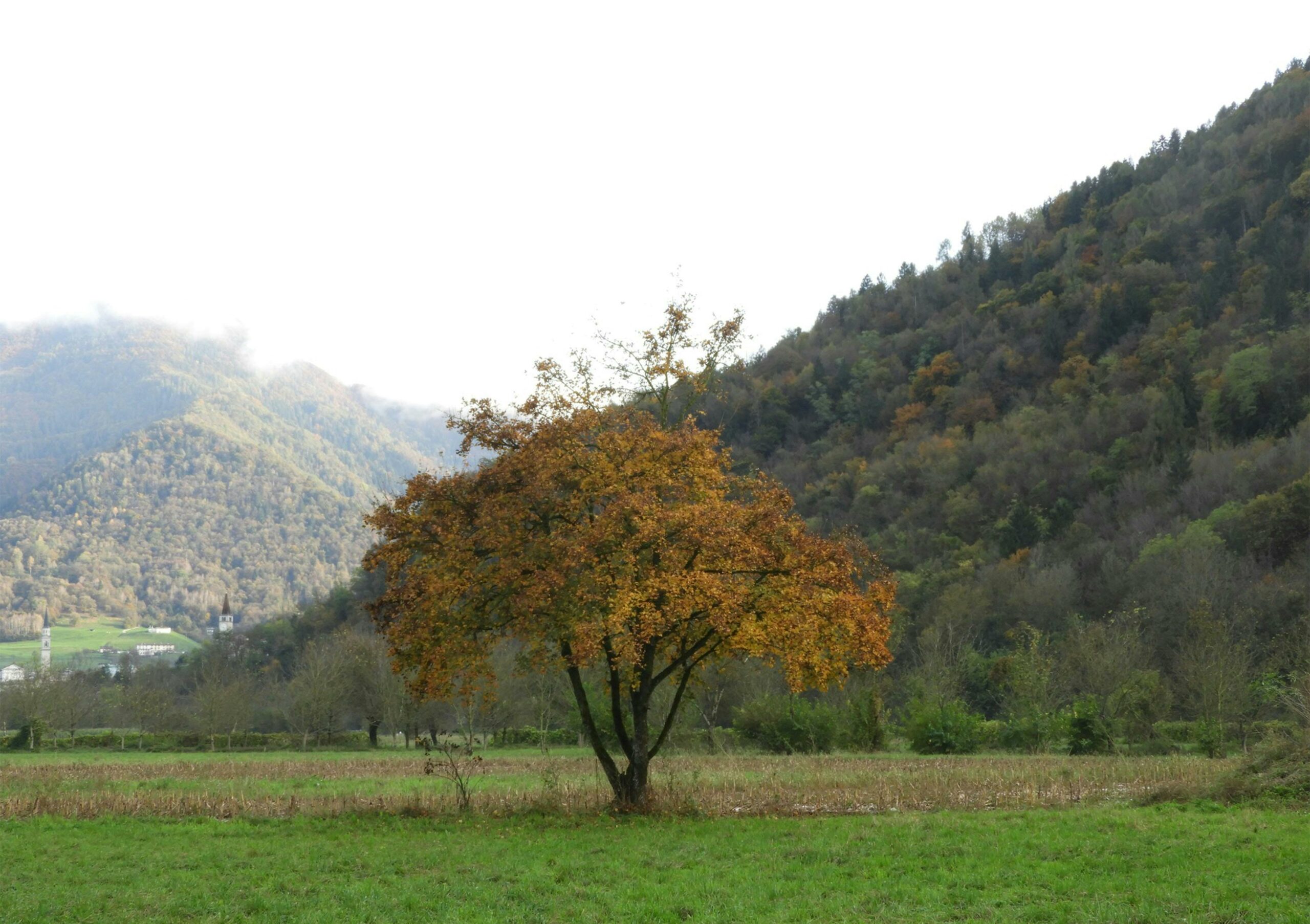
Recovering Mountain Tourism
Posted on: Monday, January 20th, 2025.History of Mountaineering Tourism in Nepal
Tourism faced an unprecedented setback during the Covid-19 crisis in Nepal and beyond. For months, Nepal was like a tourist-free country and it had to suspend all tourism-related activities, including mountaineering, for 2020’s spring.
Perhaps, it was the biggest crisis seen in the tourism sector since tourism began more than 180 years ago. Tourism officially started when a man from England, Thomas Cook, in 1841, started moving their own citizens inside the country. Since then, the sector has been consistently expanding and spreading to include various sub-sectors throughout the world.
That has been the trend in Nepal too
The history of world tourism shows that though mountain tourism started at the end of the 15th century, it started being considered as an adventure activity from the mid-19th century. However, with the increase in adventurers searching for high-altitude destinations, tourism has been explored and expanded further.
In the course of identifying and exploring mountains foreigners started to visit Nepal. Their arrival eventually helped to highlight the mountains of Nepal, which is home to eight of the world’s total of14 mountains above 8,000 meters in height.
With the successful ascent of Mount Annapurna I, on June 3, 1950, Nepal’s mountaineering sector became more popular, organized, and formalized. But Nepali tourism grabbed wider worldwide attention only when New Zealand’s beekeeper Edmund Hillary and Nepal’sTenzing Norgay Sherpa successfully stood atop Mount Everest on May 29, 1953, from Nepal’s side (southeast edge).
However, It can be said that this ascent represented a significant milestone for Nepal’s mountaineering tourism. It was only after 1951 that Nepal officially opened to foreign tourists, which ultimately led to the successful ascent of many mountains in Nepal.
It was only after 1951 that Nepal officially opened to foreign tourists, which ultimately led to the successful ascent of many mountains in Nepal. Therefore, mountaineering can be considered a key base of Nepal’s tourism. Thus, it has significant importance in promoting tourism and should always be prioritized.
Tourism Act and Mountaineering Regulations in Nepal
Permissions for expeditions and related arrangements were first addressed in the Tourism Act, 2035 BS. And the climbing sector is being managed in accordance with the Tourism Act and Mountaineering Regulations, 2059 BS. In 2019 alone, in line with provisions in the law, 8,170 people were issued permission to climb Nepal’s mountains, through which the state received USD 6,967,232 in royalty.
Apart from this, the contribution made by mountaineering for employment in remote areas, improvement of living standards, and economic development are particularly memorable. It has made notable contributions to job creation, travel, trekking, hotels, airlines, etc.
Effects of Covid – 19 in Nepal Tourism Year 2019 -2022
When the global pandemic hit the world, Nepal’s tourism was in the offseason and was waiting for the grand success of the previously announced “Nepal Tourism Year 2020”. The government had set a target of welcoming 2 million tourists to Nepal within the year. Nepal’s tourism sector, however, faced a major setback as the country had to repatriate hundreds of visiting tourists even as they were heading for their destinations. Therefore, this year can be considered a very sad year for Nepal’s tourism.
Spring is considered the best season for climbing, as Sagarmatha (Mount Everest) is also climbed during this season. In anticipation of spring’s climbing activities, rope fixing and icefall road construction in various mountains were in full swing, and five permits were issued for climbing small mountains.
Given this context, there was much chaos. Mountaineering was suspended along with the overall tourism of Nepal. The workers involved in this sector suffered the most during the Covid-19 crisis. At least 10,238 people who were directly involved in Nepal’s mountain tourism, especially in base camps and the high camps, suddenly lost their jobs. Workers who were waiting for the work season in December 2019 have not yet been able to return to work.
In response to the deepening crisis in the country’s tourism sector, the Government of Nepal announced the Covid-19 Recovery Fund in its annual budget. The Fund aims to provide concessional loans to the tourism-related industries. The loans have been disbursed through this arrangement so far. However, the Government of Nepal has only opened the trekking and mountaineering area from the last month of autumn 2020, subject to certain protocols. Health protocols and criteria for trekking and mountaineering were issued for the implementation of the decision.
In accordance with the criteria, in the autumn season of 2020, 57 foreign climbers have been allowed to climb some of Nepal’s mountains, including Manaslu, Himlung, and Amadablam.
Remaining
During this pandemic, more than 8,000 foreign climbers who came to Nepal to climb mountains, more than ten thousand 10,000 jobs directly sustained by mountain tourism, and about USD seven million in revenue seem to have been lost. Therefore, directly and indirectly, the pandemic has had very complex, multi-dimensional negative effects.
Even during past crises—the Maoist insurgency, in the aftermath of the 2015 earthquakes, and the subsequent India-imposed Nepal blockade—the tourism industry was not affected as it has been now. And the industry always bounced back quickly.
But this time around, the crisis has not lifted. That’s mainly because the countries from which most mountaineers hail—the West, India, and China—have been the most badly hit by Covid-19. Nepal’s mountain tourism has been shut down. This is the first time in history that the climbing of mountains, including Sagarmatha (Mt. Everest), has been stopped by the government.
Mountain tourism is comparatively more expensive than other tourism activities, in terms of time, money, and management. Therefore, supportive and predictable laws should be enacted to prevent this sector from being further affected.
Tourists coming to Nepal for mountain tourism reach places where human settlements are thin and inaccessible. Therefore, the mandatory seven days quarantine rule for tourists must be amended.
Similarly, after arranging for medical treatment, rescue, life insurance, tourists need to have a USD 5000 equivalent of Covid-19 insurance. This last requirement must be reconsidered to make it easier for tourists to come to Nepal for mountaineering.
The tourism sector is also included in the Covid-19 fund, which provides loans for the recovery of the area affected by Covid-19. While implementing this, arrangements should be made for the flow of loans to mountain tourism-related workers. Workers who have lost their jobs for about a year should be hired to clean the mountains from the base camp to the top, to manage their work and prices.
For this, the budget should be managed by the government itself or by the private sector entities who can be encouraged to invest in the sector. It is necessary to have a policy decision regarding their tasks and the wages to be paid to the workers.
In some cases, engaging with agencies that have been involved in mountaineering for a long time and working with manufacturers and distributors of mountaineering tools and materials, etc., can also help in the recovery of Nepal’s mountain tourism. They can also help by sponsoring Nepali guides.
The world is facing a huge challenge because of Covid-19. Owing to this larger context, the mountain tourism sector in Nepal is stuck in a very difficult place. Taking lessons from this crisis, the future, mountain tourism should be promoted through digital climbing, study climbing, and other methods. Such interventions will help glorify the country of mountains, Nepal, to the world and to make Nepal’s mountain tourism sustainable and less vulnerable to shocks and crises.
Ultimately, this crisis has shown that there is no mechanism right now to save the livelihoods of the hundreds of thousands of Nepalis who are dependent—both directly and indirectly–on the tourism sector. Policies must thus be enacted that account for all these personnel. And the sooner such policies are enacted, the better. For if this crisis continues to lengthen, Nepal might lose its core workers and entrepreneurs in the tourism industry to other sectors.

